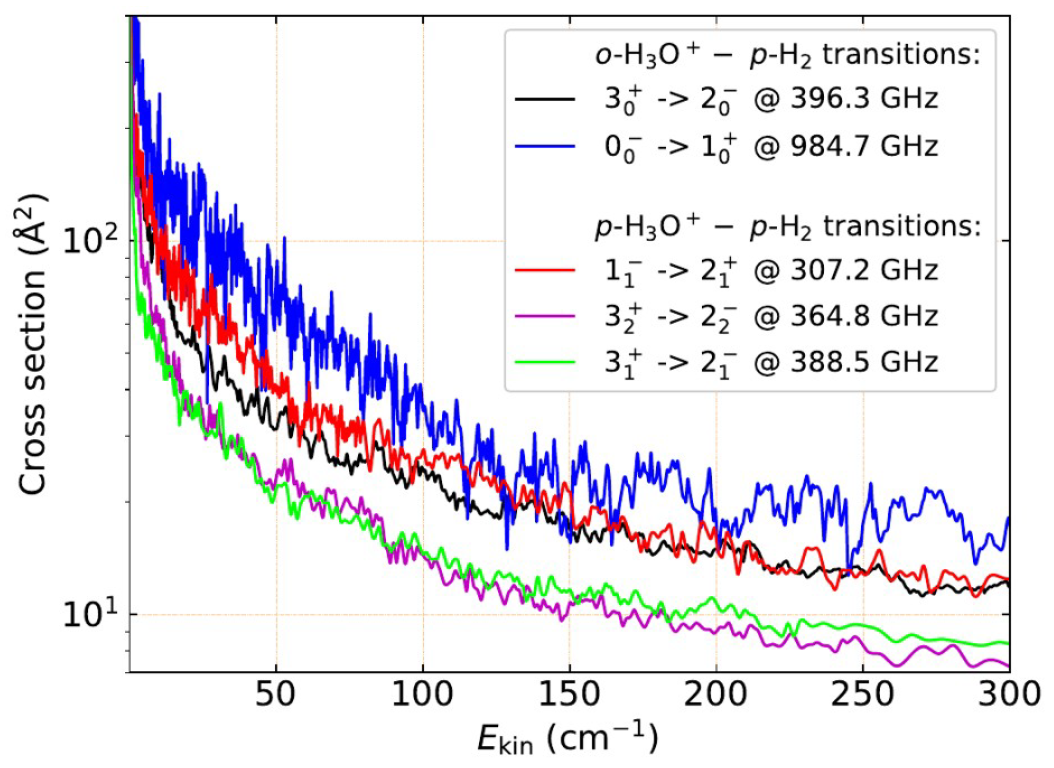by Sándor Demes, on
Presentation of the conference

The goal of the conference is to gather together the actors of this intrinsically interdisciplinary endeavor: astronomers, chemists and modelers. The recent huge progresses in the three areas make the time ripe for these communities to join and ride this scientific wave. The conference aims to review:
- The new results from the powerful observing facilities, such as the IRAM-NOEMA, ALMA and VLA interferometers, and the chemical composition during the youngest phases of Solar-like planetary systems
- The recent progresses due to the enhancement of high-performance computing facilities combined with efficient quantum chemistry algorithms
- The latest laboratory experiments which have provided new insights on the possible processes occurring in the interstellar conditions
- The new generation astrochemical models as well as the innovative tools to interpret the astronomical observations that have seen the light in the last few years
- The most recent results on the chemical composition of the small bodies of the Solar System
S. Demes participated and presented his work during this conference
Collisional excitation of H3O+ by H2: towards better understanding of interstellar water chemistry - S. Demes and F. Lique
Hydronium cations (H3O+) have been detected in both dense and diffuse molecular clouds of the interstellar medium (ISM) [1], where they play a crucial role in oxygen and water chemistry. While the spectroscopy of H3O+ was intensively studied earlier [2], there are only limited works devoted to its collisional excitation by interstellar colliders [3,4]. Nevertheless new, accurate rate coefficients for the collisions involving H3O+ are obviously needed.
We studied the rotational excitation of hydronium cations by collisions with H2 for the first time from a close-coupling method. Our recent, highly correlated 5D potential energy surface [5] is used to describe the collisional system. State-to-state inelastic cross sections were computed and the corresponding thermal rate coefficients were obtained for kinetic temperatures up to 300 K. Both the ortho- and para- nuclear spin isomers of the H3O+ were considered. The calculated rates are to be used to estimate the abundance of interstellar hydronium, which can lead to a better understanding of interstellar water chemistry.
[1]. F. F. S. Van Der Tak, S. Aalto, R. Meijerink, Astron. Astrophys. 2008, 477, L5.
[2]. V.V. Melnikov, S. N. Yurchenko, J. Tennyson, P. Jensen, Phys. Chem. Chem. Phys. 2016, 18, 26268.
[3]. H. El Hanini, F. Najar, M. Naouai, N.-E. Jaidane, Phys. Chem. Chem. Phys. 2019, 21, 11705.
[4]. A. R. Offer and M. C. van Hemert, Chem. Phys. 1992, 163, 83.
[5]. S. Demes, F. Lique, A. Faure, C. Rist, J. Chem. Phys. 2020, 153, 094301.
